The Enduring Classical Music of Jean Sibelius
Nature, pathos, and passion.
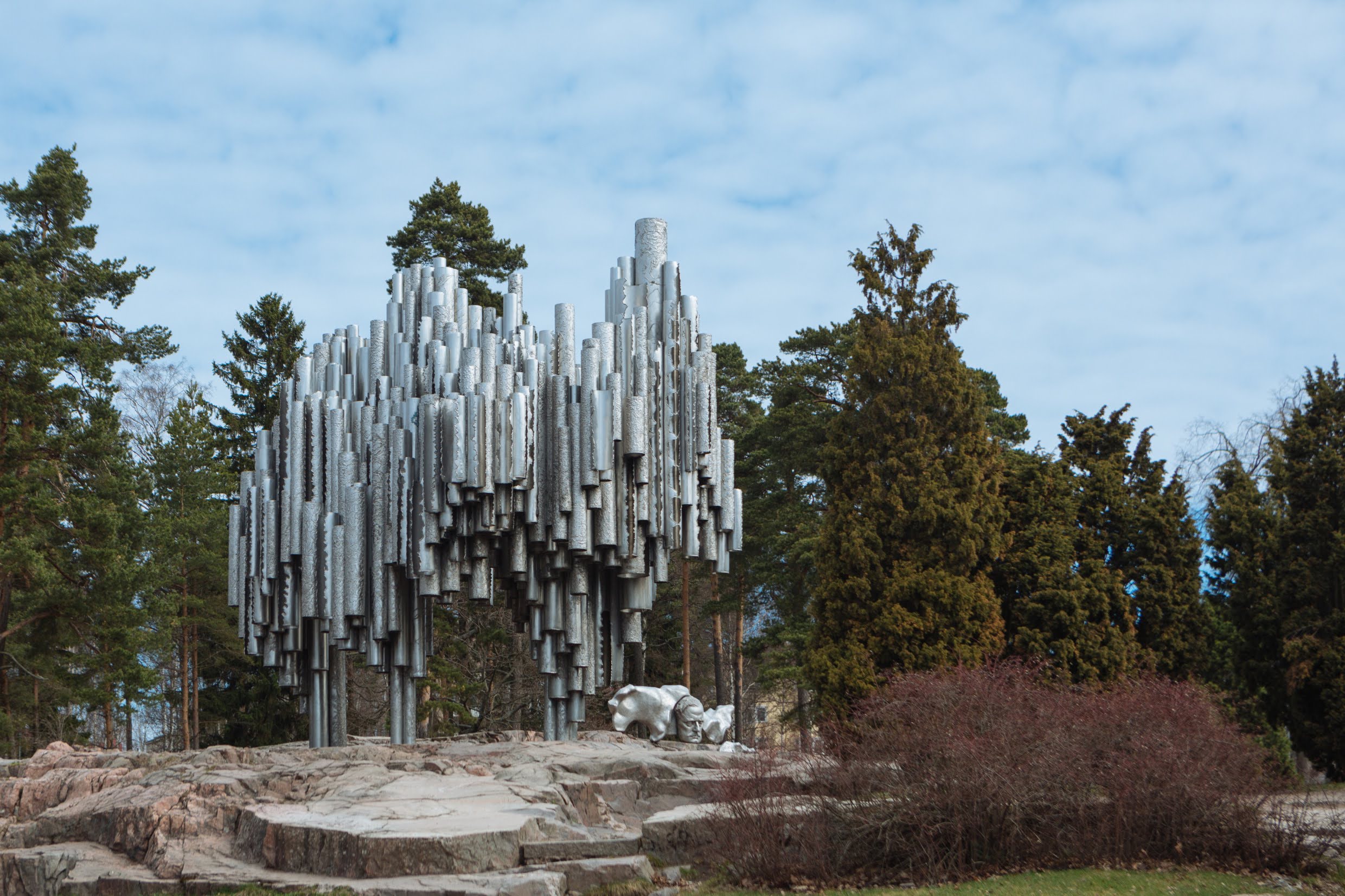
Sibelius Monument photo courtesy of Jenna Pietikäinen/Helsinki Partners
In 1924, Jean Sibelius debuted his Seventh Symphony—his last one—in Stockholm. Today, Finland’s best-known classical composer remains relevant and vibrant for reasons that extend beyond that particular centenary.
The Hämeenlinna-born genius (1865-1957), whose musical studies took him to Helsinki, Berlin, and Vienna, became a leading light in the National Romantic movement of the late 19th and early 20th century. That movement culminated in Finland’s 1917 independence after enduring Russian rule since 1809.

Photo by Lucas Aykroyd
Finlandia, Sibelius’s soaring 1899-written ode to national awakening, is never far from the pop culture mainstream. For instance, the explosive ending of 1990’s Die Hard 2, directed by Finland’s Renny Harlin, is set to some of Finlandia’s most foreboding and stirring motifs. In 2019, singer-songwriter Paula Vesala performed the Finlandia hymn in front of thousands of jubilant hockey fans in Helsinki’s Kaisaniemi Park after Finland’s unexpected gold-medal victory at the IIHF Ice Hockey World Championship. That hymn took on more pathos when the 1883-established YL Male Voice Choir substituted “Ukraine” for “Finland” in the lyrics outside the Russian embassy after the 2022 invasion of Ukraine.
Beyond the shifting tides of politics, Sibelius—whose primary influences include Tchaikovsky, Wagner, and Liszt—is passionately concerned with the beauty and grandeur of Nordic nature. The rising, propulsive opening of his Second Symphony (1902) invites comparisons with Beethoven’s Pastoral Symphony or Mendelssohn’s Italian Symphony, although it is certainly starker and less purely celebratory on balance. Tapiola (1926), his final major composition, draws inspiration from ancient lore about the vast Finnish forests.
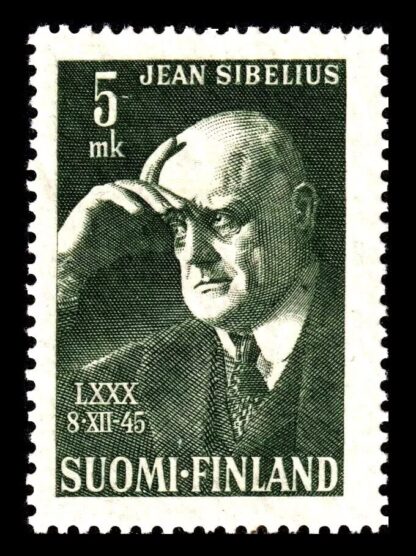
Sibelius biographer Daniel M. Grimley puts it this way: “His intensely felt response to nature and environment was not merely a well-worn trope in his critical reception; it was a more drastic way of rethinking human subjectivity and our relationship with the natural world.”
Ainola, the Sibelius family home for more than 50 years and now a museum, further underlines the composer’s immersion in nature with its lyrical tree-ringed setting by Lake Tuusula near Helsinki.
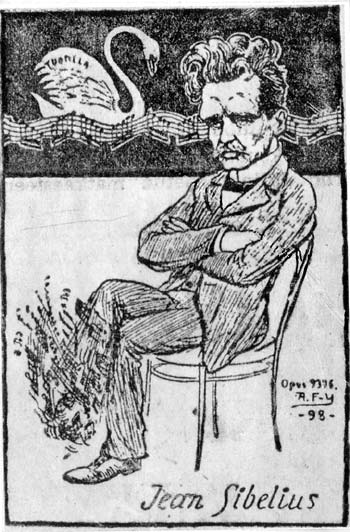
Despite being a modernist who does not directly quote Finnish folk melodies in his works, Sibelius draws frequently on the Kalevala. The national epic myth was compiled from traditional poems by Elias Lönnrot in 1835. It depicts a wild world of wizards, witches, and songs that can build boats or mire enemies in swamps. In the Sibelius canon, the five-movement choral symphony Kullervo (1892) and the haunting tone poem “The Swan of Tuonela” (1895) are dramatic examples of Kalevala magic.
Finland is a small country whose population only topped four million in the 1950s, and thus it is not entirely surprising that Sibelius also influenced the visual arts there. He often dined with fellow National Romantic artist Akseli Gallen-Kallela at Helsinki’s Kappeli restaurant, and he had his portrait painted by Eero Järnefelt, a University of Helsinki art professor and the brother of Sibelius’s wife, Aino.
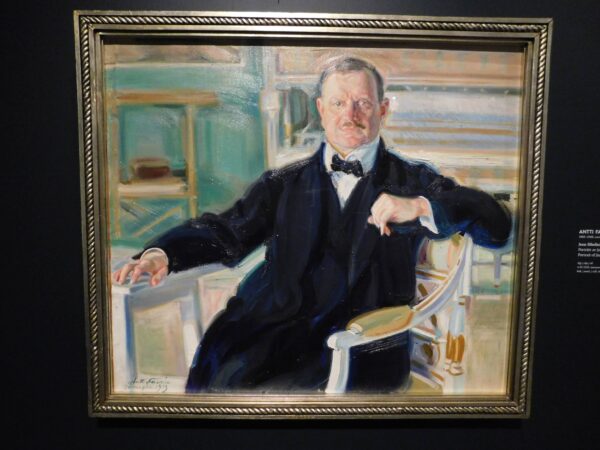
Photo by Lucas Aykroyd
From Helsinki’s 1967-erected Sibelius Monument, resembling a silver wave, to Turku’s starkly modern Sibelius Museum, many Finnish sites celebrate the austerely beautiful music of this iconic thinker.
Worldwide, the legend of Sibelius continues to grow, partly due to the reach of technology. This is not a new phenomenon. A 2024 study highlights the early role of AM radio in making his music internationally known. Case in point: in 1935, the New York radio station WABC conducted a U.S.-wide poll in which Sibelius beat out Beethoven and Ravel as their listeners’ favourite composer. And since the 1990s, the British-developed Sibelius music notation software program has kept his name front and centre among contemporary composers.
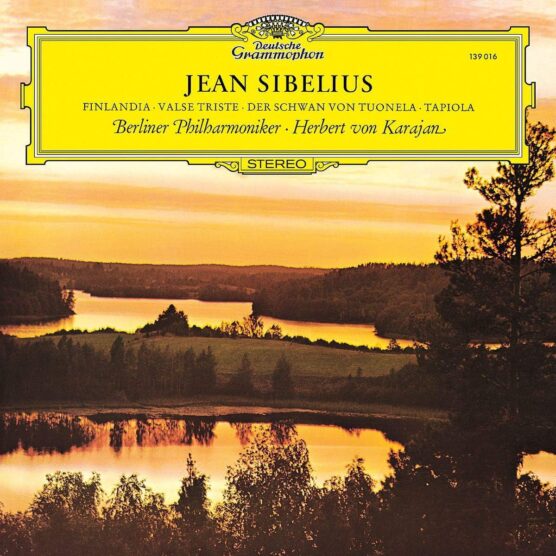
Today’s best-known Finnish musical exports include rock bands like 2006 Eurovision winner Lordi (“Hard Rock Hallelujah“) and symphonic metal veterans Nightwish (“Nemo“). Still, Sibelius remains omnipresent on orchestra calendars from Minneapolis to Mumbai. The year 2025 marks the 160th anniversary of his birth, ensuring another zeitgeist boost.




